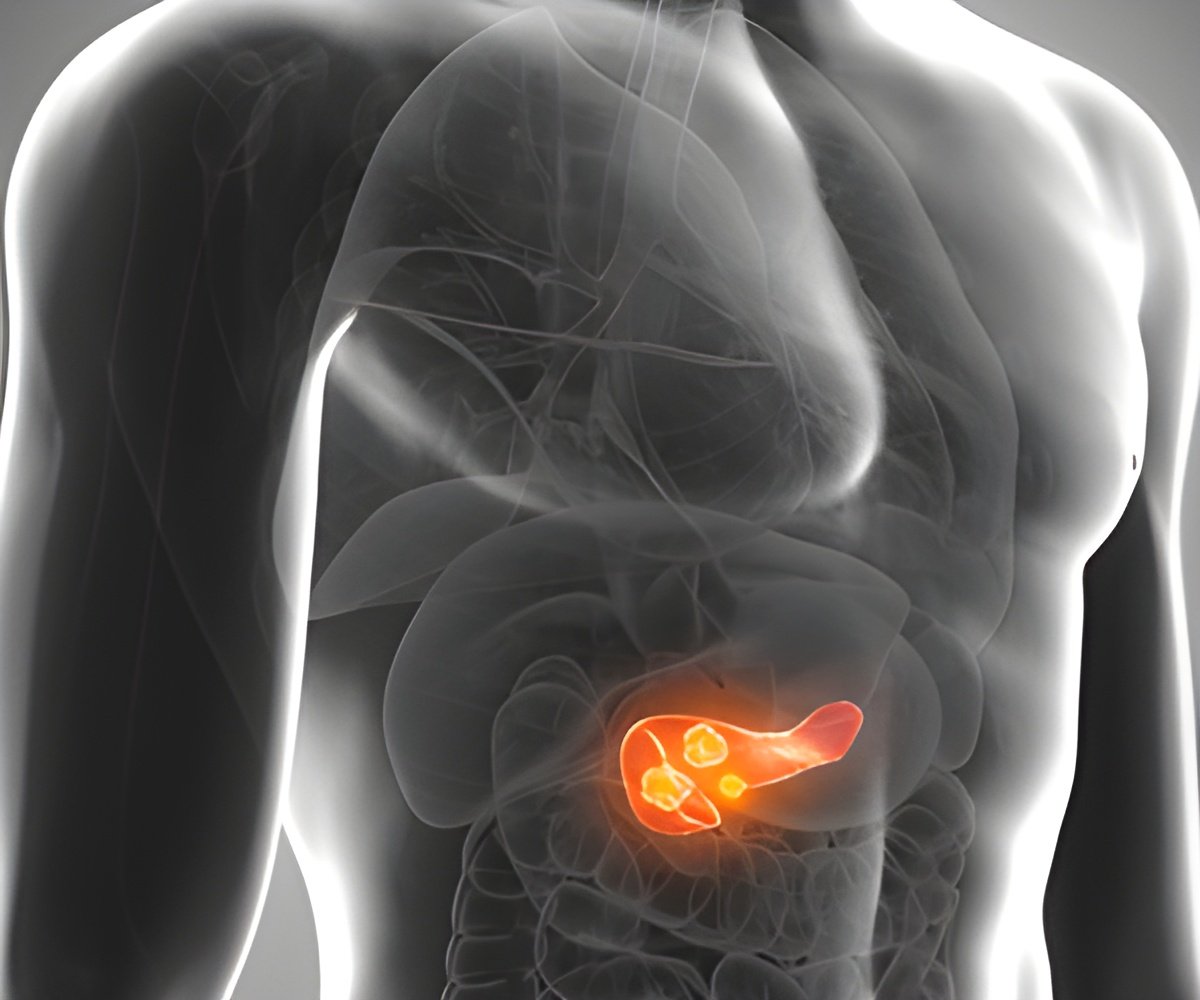- Alleviate discomfort with wrist, neck, and shoulder stretches
- Target tight hips and hamstrings with simple chair exercises
- Stay active at work for better posture and productivity
Ever feel a familiar ache in your lower back or a crick in your neck after a long day hunched over your office desk? You’re not alone. Millions of us suffer from the modern-day ailment of “desk jockey syndrome” – discomfort and pain caused by prolonged sitting with poor posture. Desk Jockey Syndrome develops gradually due to prolonged poor posture while sitting at a desk. This syndrome is characterized by slouching, hunching of the back, forward tilting of the neck, and maintaining these positions for extended periods (1✔ ✔Trusted Source
Exercises and Stretches
).
Prolonged sitting with poor posture can strain muscles, tighten joints, and contribute to long-term health problems. You don’t have to resign yourself to a life of backaches! By incorporating a few simple strategies into your daily routine, you can significantly improve your posture, alleviate pain, and boost your overall well-being.
The average office worker spends about 10-12 hours sitting each day, which can lead to increased risk of back pain and other musculoskeletal issues. #deskcomfort #movetofeelbetter #medindia’
By incorporating simple stretches and exercises into our daily routines, we can significantly alleviate these issues and promote better posture and overall well-being.
6 Effective Exercises to Relieve Pain
1. Wrist stretches:
The wrist stretch is an essential exercise to alleviate tightness and discomfort that can arise from prolonged typing or using a keyboard (2✔ ✔Trusted Source
10 stretches and exercises to prevent discomfort and pain while sitting on chair
).
Wrist Flexor: Extend your right arm straight out in front of you with your palm facing upward. Flex your wrist by pointing your fingertips downward towards the floor. This movement stretches the wrist flexor muscles located on the underside of your forearm.
Deepening the Stretch by using your left hand to gently pull back on your right fingers. This action helps deepen the stretch along the underside of your forearm and into your wrist.
Switch to your left arm and perform the same stretch to ensure both wrists receive equal attention and relief.
Wrist Extensor: Extend your right arm straight out in front of you with your palm facing downward. Flex your wrist by pointing your fingertips upward towards the ceiling. This movement targets the wrist extensor muscles located on the top of your forearm. Use your left hand to apply gentle pressure by pulling back on your right fingers, further stretching the muscles along the top of your forearm and wrist.
Advertisement
2. Neck stretches:
Neck stretches and movements into your daily routine can help relieve tension, improve flexibility, and prevent discomfort associated with desk work and prolonged sitting. Be mindful not to overstrain your neck muscles and perform these exercises within your comfort level to promote neck health and overall well-being.
Side Neck Stretch: Sit upright and reach your right arm down, gripping the side of your chair. Tilt your head to the left, feeling a gentle stretch down the side of your neck.
Advertisement
Forward Movement: Begin with your back erect and head positioned directly over your shoulders. Inhale as you gently move your neck backward, extending the base of your skull toward your back. Exhale as you slowly move your neck forward, bringing your chin toward your chest. Relax and return your head to its original position.
Backward Movement: Start with an erect posture and gently tilt your head backward, looking up toward the ceiling. Return your head to the neutral position. Repeat these movements at least 10 times as part of your daily routine.
Neck Rotation: Gently turn your head to the right side, keeping the movement smooth and within a comfortable range. Hold the stretch for 2 to 3 seconds before returning your head to the center. Repeat this rotation to the left side. Perform this neck rotation exercise 10 times in each direction, up to two times per day.
Isometric Neck Strengthening: Perform isometric contractions to strengthen the muscles surrounding the neck. Press your head gently against your hand on one side (e.g., left side). Hold this pressure for 4-5 seconds, feeling a subtle vibration in the targeted neck muscles. Repeat this isometric contraction by pressing from the right side, back, and front of your head sequentially.
3. Chest and shoulder stretches:
Stretching the chest and shoulders is highly beneficial if you often find yourself slouching forward while working. This stretch targets the pectoral muscles and helps to open up the chest for improved posture and mobility.
Chest Stretch: Take your arms behind you and interlace together. Begin to lift your arms upward until you feel a stretch across your chest.
Shoulder Rotation: Rotating your shoulders helps to relax and loosen tense muscles, promoting better shoulder mobility and reducing discomfort. Straighten your spine and relax your shoulders before starting. Rotate one shoulder forward and then backward in a smooth motion.
Shoulder Shrug: Elevating your shoulders and then rotating them back and down strengthens the upper trap muscles, providing support and stability to the shoulders.
4. Hip stretches:
Sitting for extended periods can lead to tightness in the lower body, with the hip flexors shortening and tightening while the glutes may stretch. This simple hip stretch targets various areas of the hips and glutes, promoting flexibility and alleviating tension.
Hip muscle stretch: Begin by sitting upright in a chair. Cross your right ankle over your left knee. Sit tall and gently fold forward at the hips, aiming to feel a stretch across your right glute (buttock). If needed, use your hands to press down on your right knee to deepen the stretch. Repeat on the Other Side.
5. Hamstring stretches:
Sitting for extended periods can lead to tightness in the hamstrings, located at the back of the thighs. This straightforward stretch helps alleviate leg discomfort and maintain flexibility in the hamstrings.
Stretch: Sit tall in a chair with your spine aligned and head in line with your spine. Extend your right leg forward while keeping your left foot flat on the floor. Slowly bend forward at the hips, reaching towards your right toes. Repeat the forward fold to stretch the left hamstring.
6. Spine twists:
Sitting with hips slide forward or in a slouched position can strain the back. Performing a spinal twist stretch can effectively relieve tension throughout the entire back and help reset your posture.
Twist: Sit with your feet flat on the floor. Contract your abdominal muscles to stabilize your core. Begin to rotate your upper body towards the right side. Place your left hand on the outside of your right knee for support. Place your right hand on the armrest or seatback to deepen the stretch. Twist only as far as feels comfortable for your body. Repeat on the Other Side.
Additional Tips for Staying Active at Work
In addition to these exercises, incorporating movement breaks and ergonomic adjustments can further reduce discomfort from prolonged sitting:
- Take short walks every hour to improve circulation and relieve muscle tension.
- Use a standing desk or alternate between sitting and standing throughout the day.
- Set up a virtual walking club with colleagues to stay motivated and accountable for regular breaks.
Don’t let your desk chair become your enemy! By making these simple adjustments and incorporating these exercises into your day, you can transform your workstation into a haven for good posture and pain-free productivity. Remember, a few minutes of movement can reap huge rewards – a healthier, happier you, ready to tackle any workday with ease.
References:
- Exercises and Stretches – (https://ors.od.nih.gov/sr/dohs/HealthAndWellness/Ergonomics/Pages/exercises.aspx)
- 10 stretches and exercises to prevent discomfort and pain while sitting on chair – (https://www.hindustantimes.com/lifestyle/health/10-stretches-and-exercises-to-prevent-discomfort-and-pain-while-sitting-on-chair-101675853708167.html)
Source-Medindia



